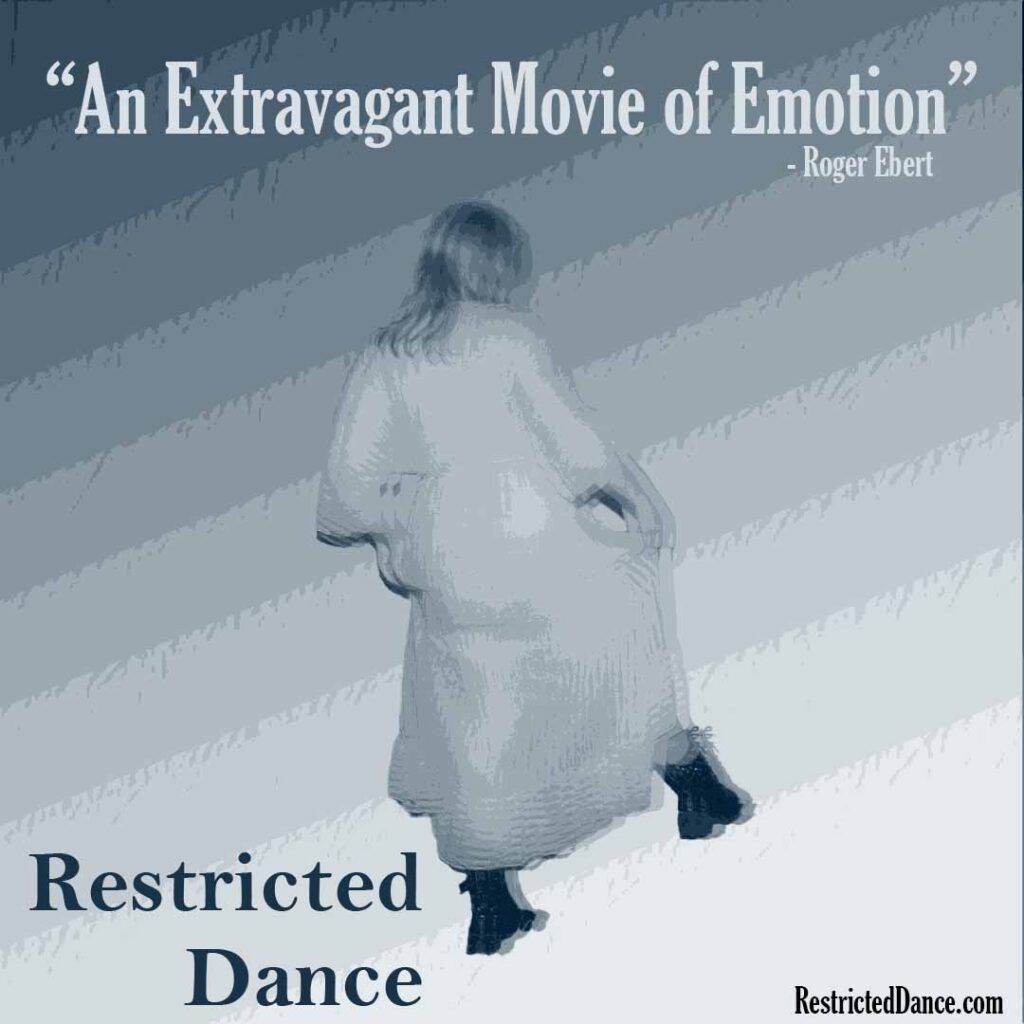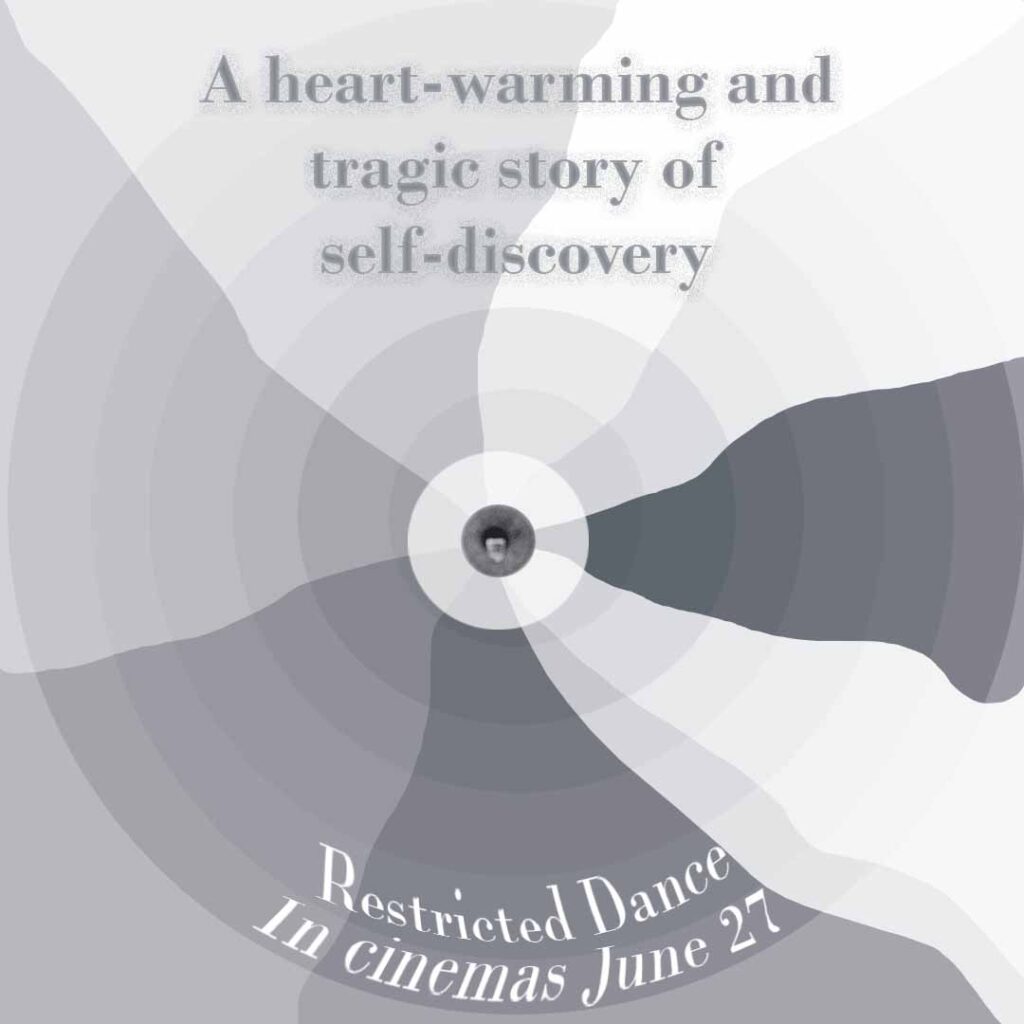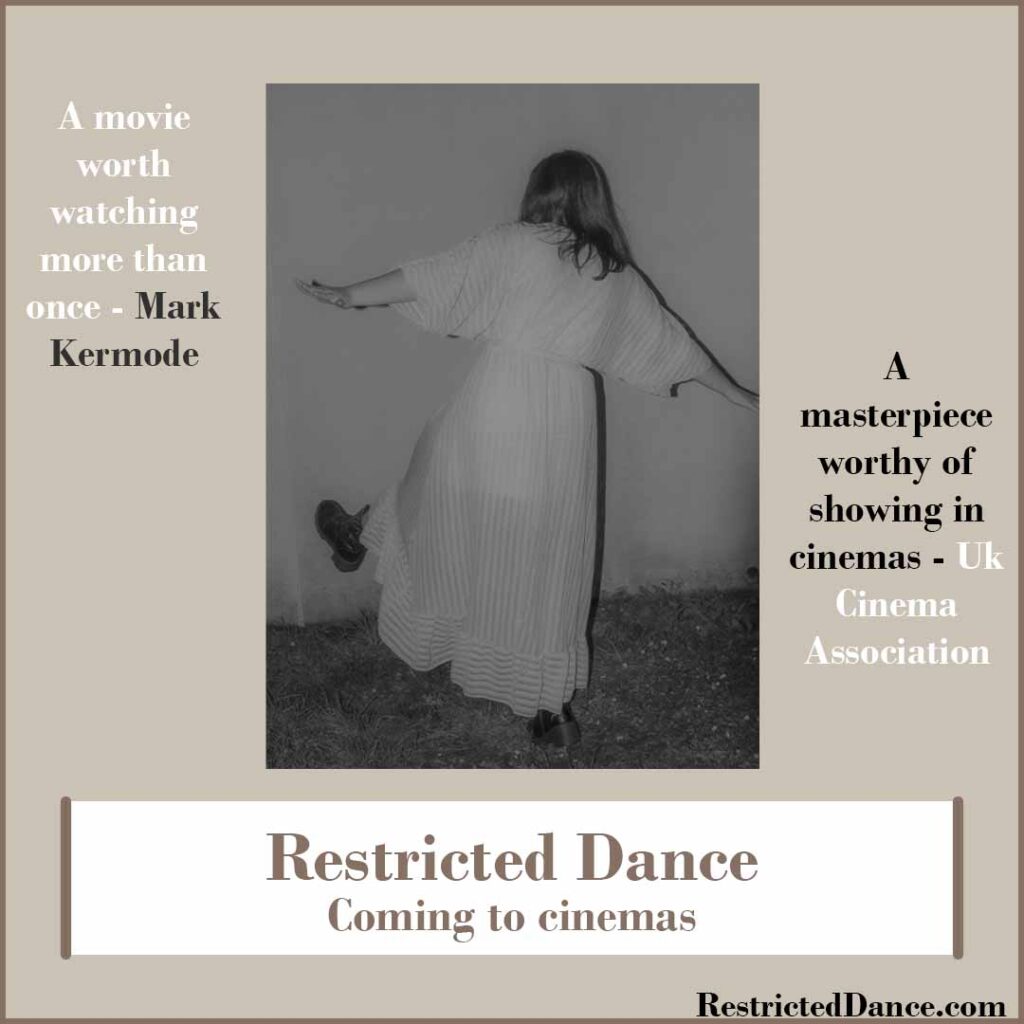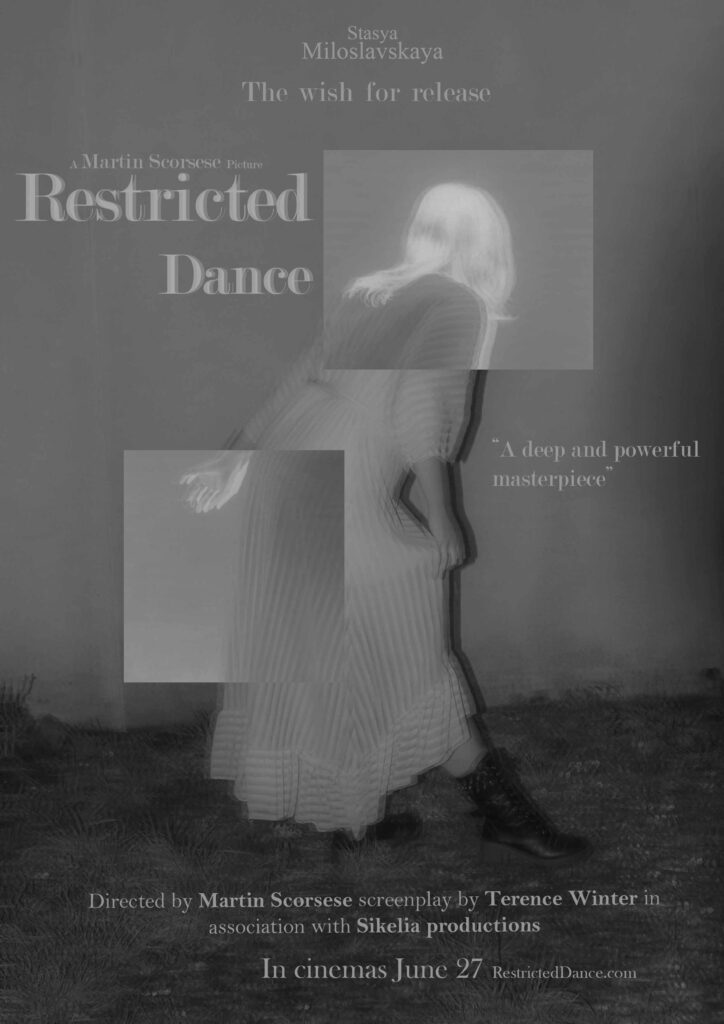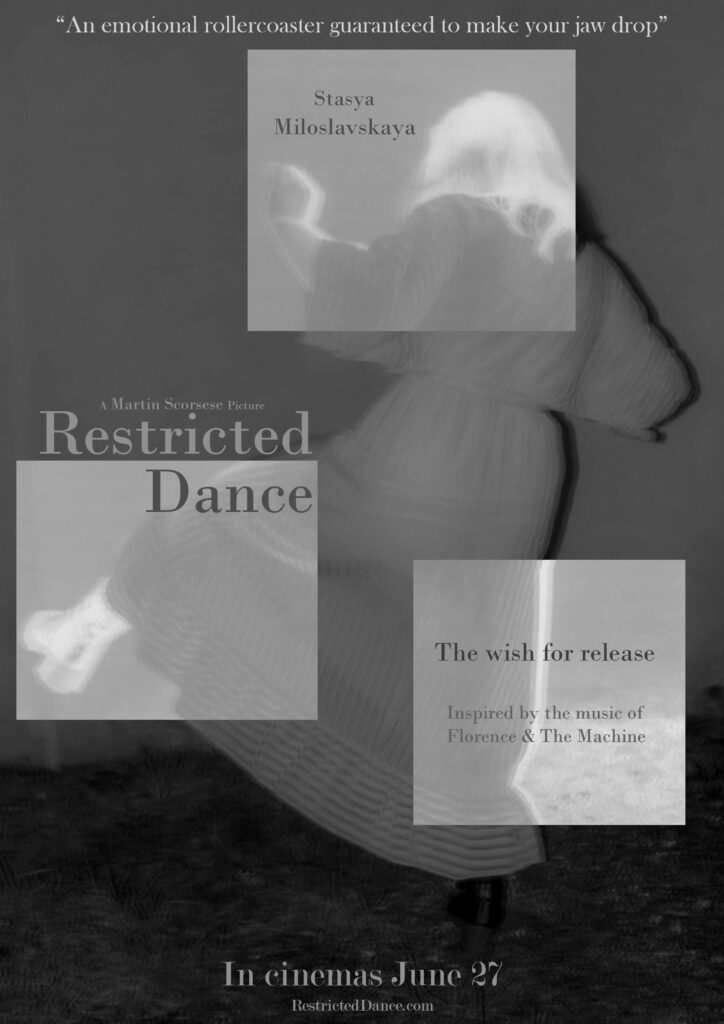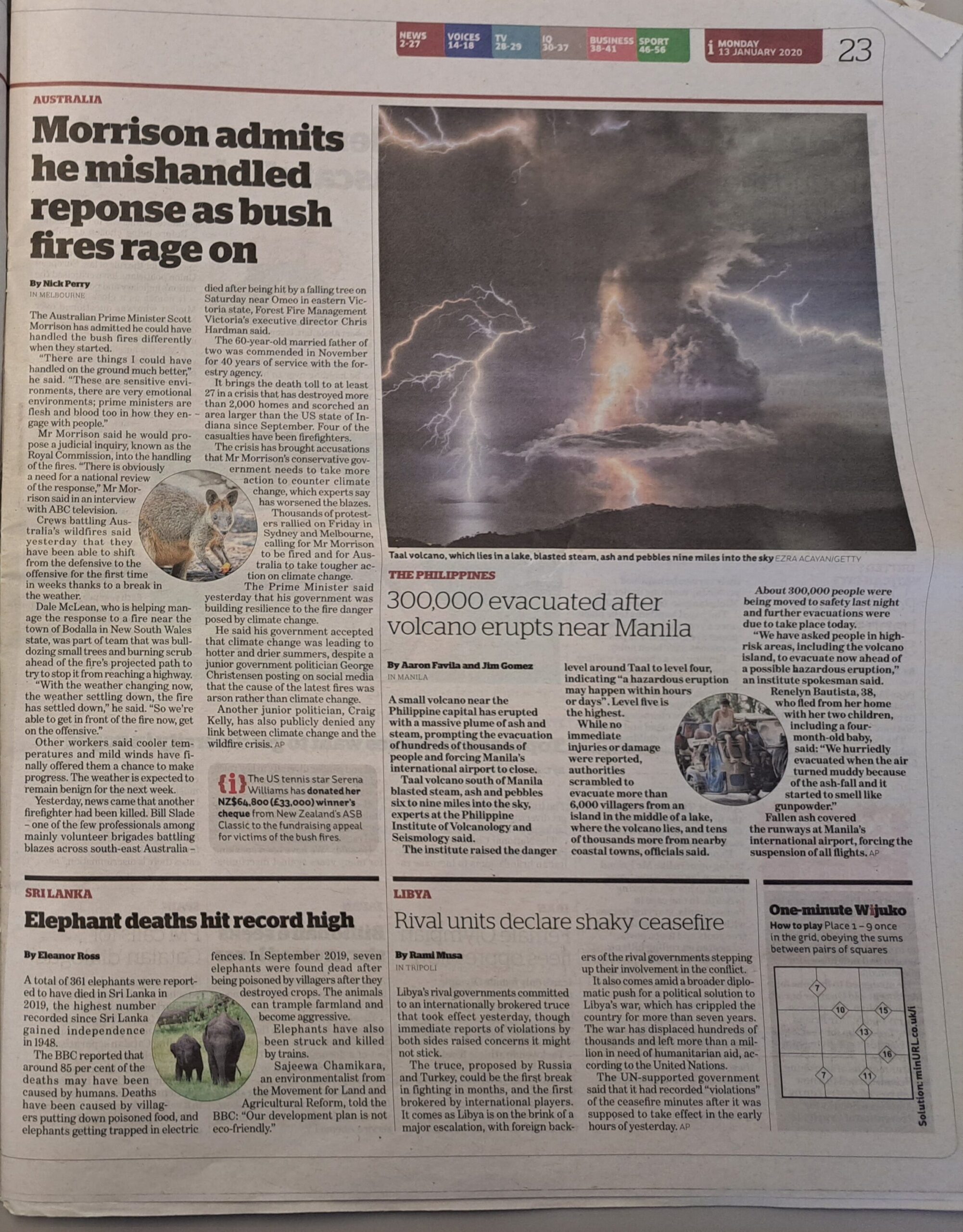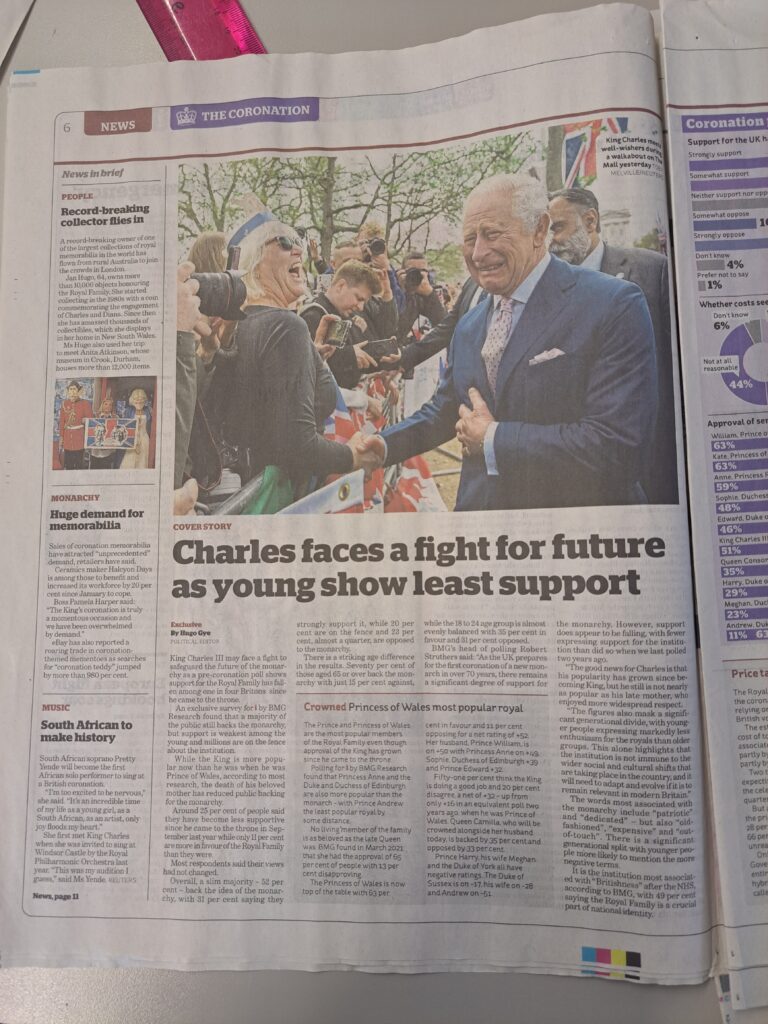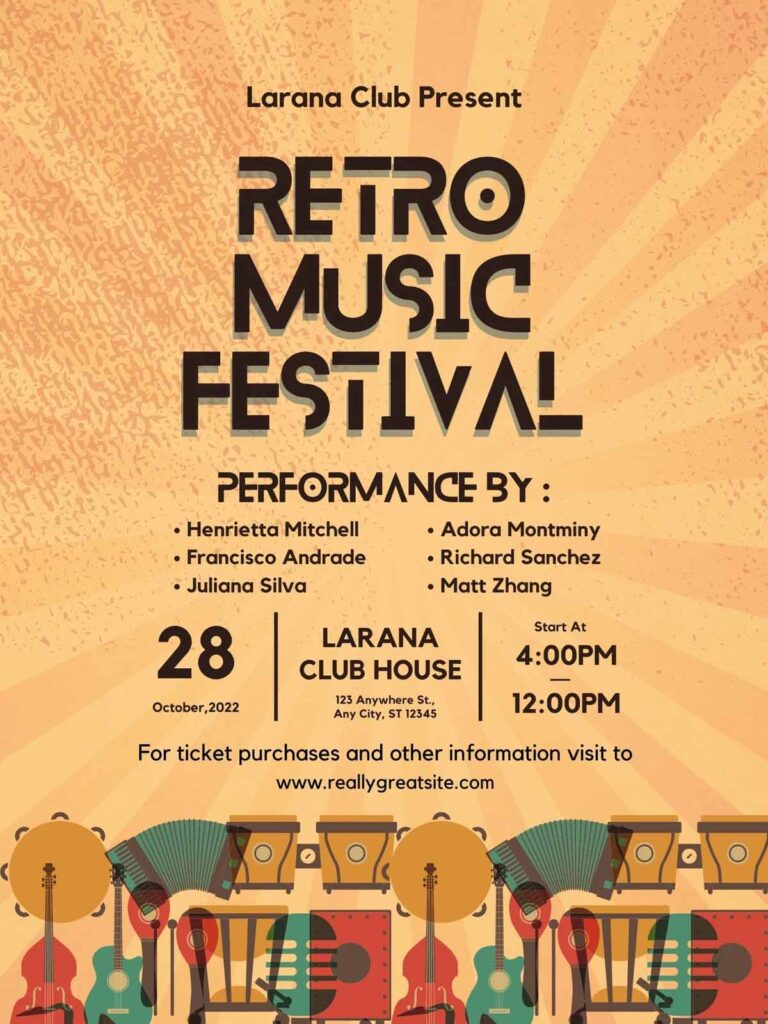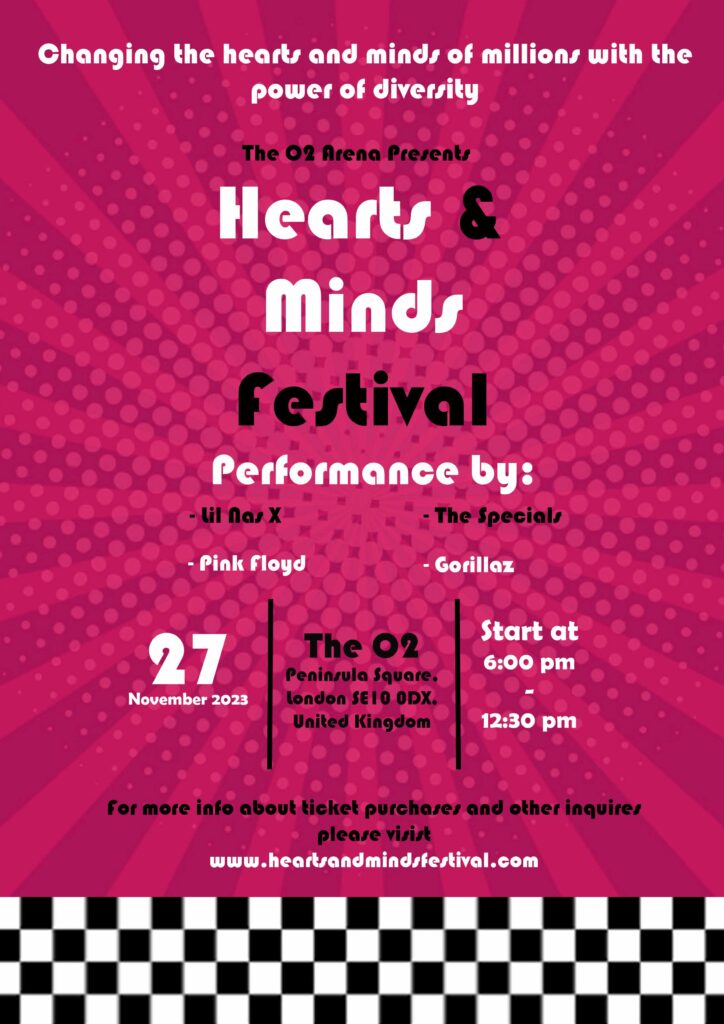My project is a magazine cover that features up-to-date fashion trends among modern, radical women from the ages 20 to 40. My cover will focus on providing my viewers with the latest information and styles, as well as relevant and eccentric article titles that will be featured in the cover lines. This will allow my readers to gain a sense of social belonging and have their questions feel more relevant.
I aim to create, what Uses and Gratifications Theory states as, a diversion from real life by presenting the latest chic, bold and aesthetic styles. Through this, there will be an opportunity for consumers to reinforce their own styles and identities, this will also create an escapism from the pressure of social expectations and what people see as “the norm”.
Although excessive fashion styles and trends are being seen as more normal, this is only apparent among younger generations, meanwhile older generations still feel the need to conform to what is “normal” for adults, therefore my magazine cover will allow self-discovery and a safe haven for women who want to express themselves through the use of an older model dressed in a more flashy or a traditional dining-out outfit, this will rule out issues with my viewers feeling excluded.
I want to keep the colours on my magazine cover subtle as it’s main purpose is to help those seeking fashion advice and I don’t want to draw my viewers attention away, however I plan to keep some bold fashion elements within the poster such as the model’s clothing. I believe that using black and white for my background image will make my cover stand out more as most magazine covers are very bright and colourful while mine is more toned down and goes against my opposition. It will also create a real vintage and nostalgic feeling and because my target viewers are 20 to 40 years old this feeling is very relevant to them.
I also believe that to dress radical doesn’t mean bright clothing, it has many meanings, an example of this could be monotone clothing with elements such as texture and layering, e.g. gothic style that can be seen as quite radical, dramatic and unusual for adults/my viewers to be dressed in.

